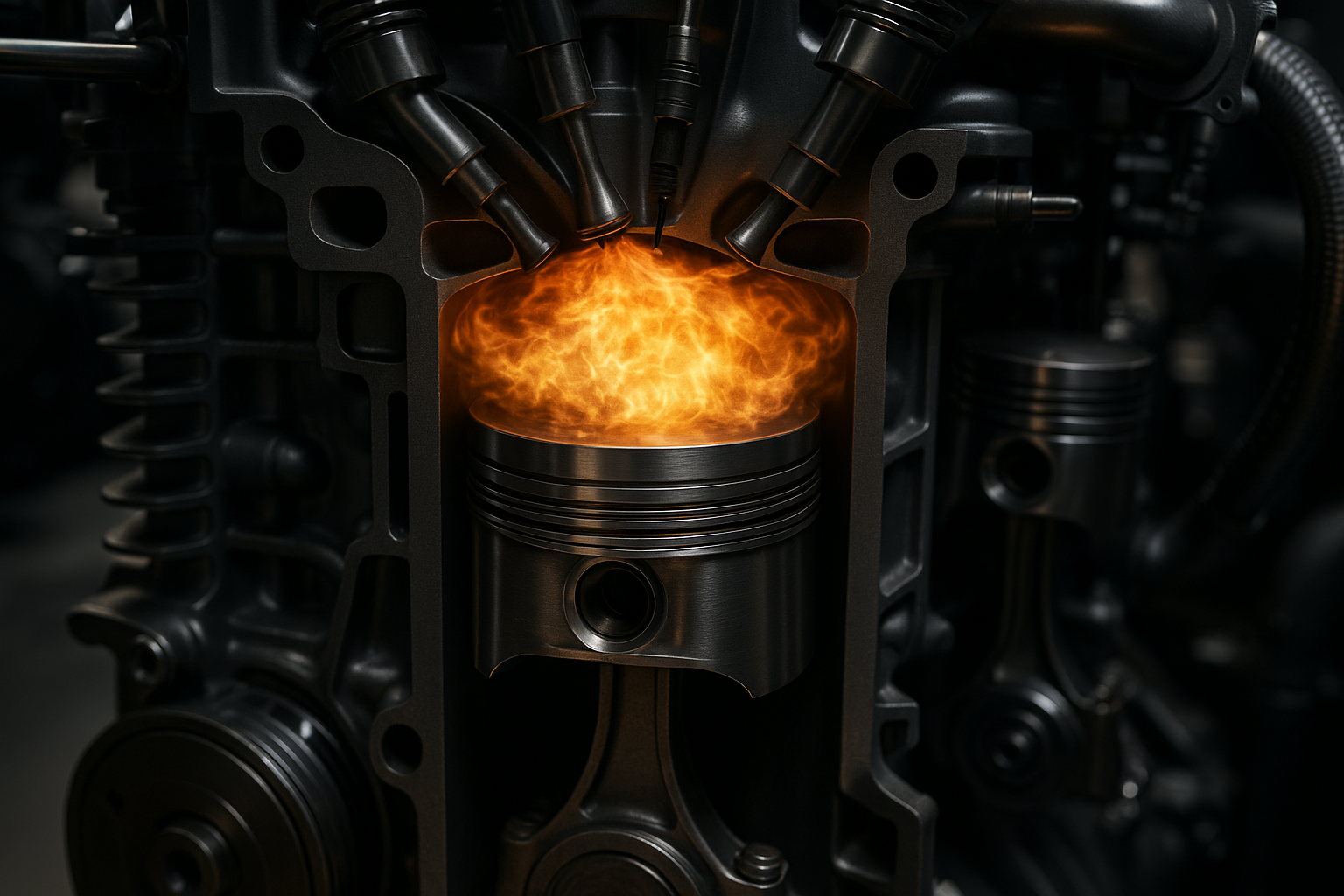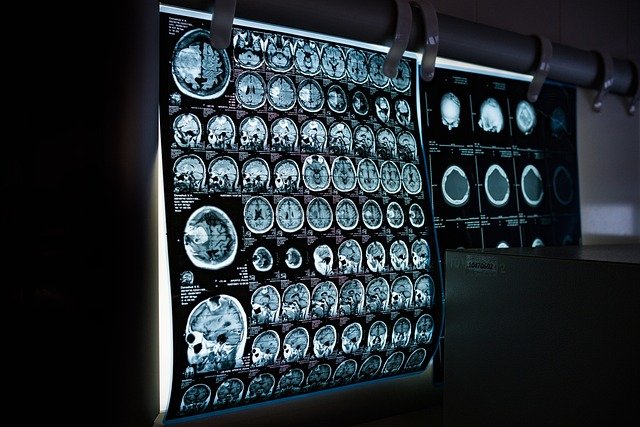Unveiling the Power of Variable Compression Ratio Engines: A New Era in Fuel Efficiency
As automotive technology continues to evolve, new advancements are constantly reshaping the industry. One such innovation that has been making waves is the Variable Compression Ratio (VCR) engine. This revolutionary technology offers both increased fuel efficiency and power, a combination that has long been sought after in the automotive world.

The Genesis of Variable Compression Ratio Engines
The concept of variable compression ratio engines is not entirely new. The idea has been around since the early 20th century, but it remained largely theoretical due to the technical complexity involved in its implementation. It was only in the late 1990s that significant strides were made in bringing this concept to life. Nissan, a pioneer in this field, unveiled its VC-Turbo engine in 2016, marking a significant milestone in the evolution of VCR technology.
Variable Compression Ratio Engines: How Do They Work?
At the heart of a VCR engine is a mechanism that allows the engine’s compression ratio to be altered continuously. This is accomplished by adjusting the height at which the pistons reach within the cylinders. By changing the compression ratio, the engine can adapt to different driving conditions, optimizing performance and fuel efficiency.
The Impact of Variable Compression Ratio Engines on the Automotive Industry
The advent of VCR engines has significant implications for the automotive industry. This technology can potentially redefine the performance parameters of internal combustion engines. VCR engines offer enhanced fuel efficiency, which can help automakers meet stringent emission regulations without sacrificing performance. It also opens up new possibilities in the design and engineering of vehicles, providing a fresh canvas for automotive innovation.
The Benefits and Challenges of Variable Compression Ratio Engines
While VCR engines offer numerous benefits, they also present certain challenges. The most significant benefit is their ability to deliver both power and efficiency. Depending on driving conditions, a VCR engine can adjust its compression ratio to provide optimal performance or fuel economy.
However, the complexity of VCR technology poses significant engineering challenges. Designing and manufacturing a robust, reliable mechanism that can continuously adjust the compression ratio under various operating conditions is no small feat. Furthermore, the cost of developing and producing VCR engines is higher, which could impact the price point of vehicles equipped with this technology.
Looking Ahead: The Future of Variable Compression Ratio Engines
The future looks promising for VCR technology. As automakers continue to invest in research and development, we can expect to see further improvements and refinements. While the current focus is on enhancing the efficiency of gasoline engines, the principles of variable compression could also be applied to diesel engines, potentially unlocking even greater fuel efficiency.
In conclusion, the advent of variable compression ratio engines represents a significant step forward in automotive technology. By offering a balance of power and efficiency, VCR engines have the potential to redefine our expectations of what a combustion engine can deliver. While there are challenges to overcome, the potential rewards make this a technology worth watching in the years to come.



